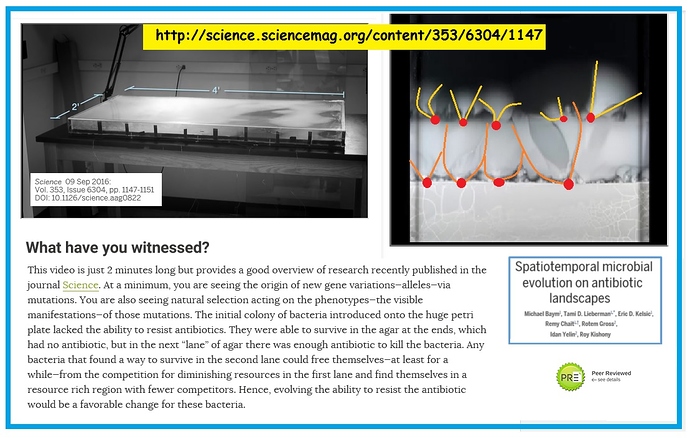Why are you here if not to learn?
This is a demonstration of Natural Selection - - forced onto two populations of bacteria.
Natural selection has also been repeatedly replicated with aquariums and fish … where one aquarium has random-sized fish removed regularly, while the other 2 tanks have the smallest or the largest fish removed regularly.
The end result is that when the smallest or largest fish are removed regularly, “selection” leaves us with a population that is unusually larger sized or smaller sized than expected.
Please do not repeat the same error by claiming natural selection is meaningless.
